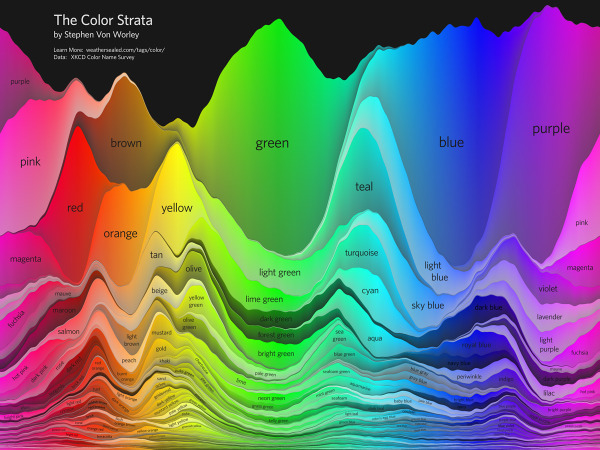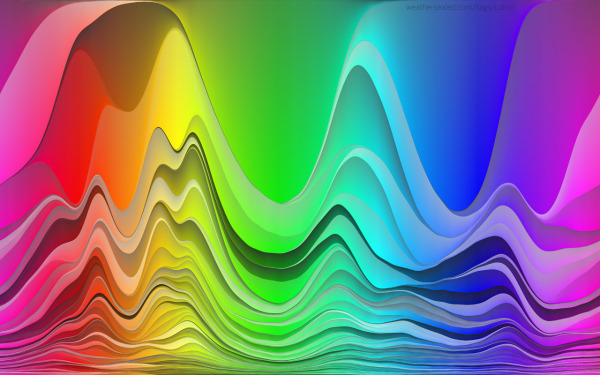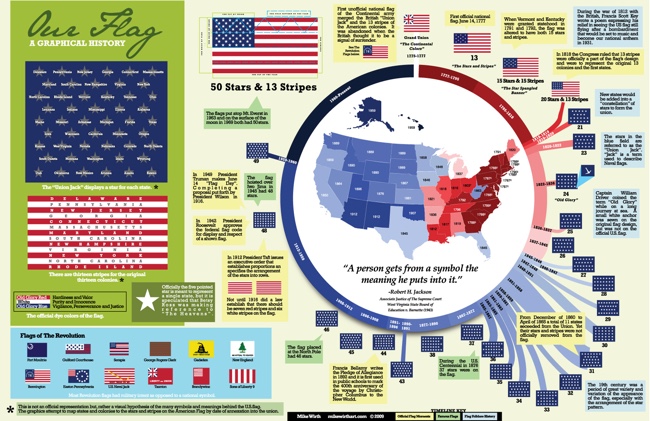The Most Powerful Colors on the Web
The Colors of the Web is a very cool infographic by ColourLovers.com. Looking at the color distribution of the icons of the top 100 web brands.
When we released our report on the colors of the social web, based on data analyzed by our Twitter theme tool, we were surprised that blue was such a dominant color in people’s profile designs. Was Twitter’s default color influencing their design decisions? Or is blue really THE most popular and dominant color online? …We decided to look at the colors in the brands from the top 100 sites in the world to see if we could paint a more colorful picture.
Maybe a yellow icon wasn’t the best choice I’ve ever made…









 Randy
Randy














